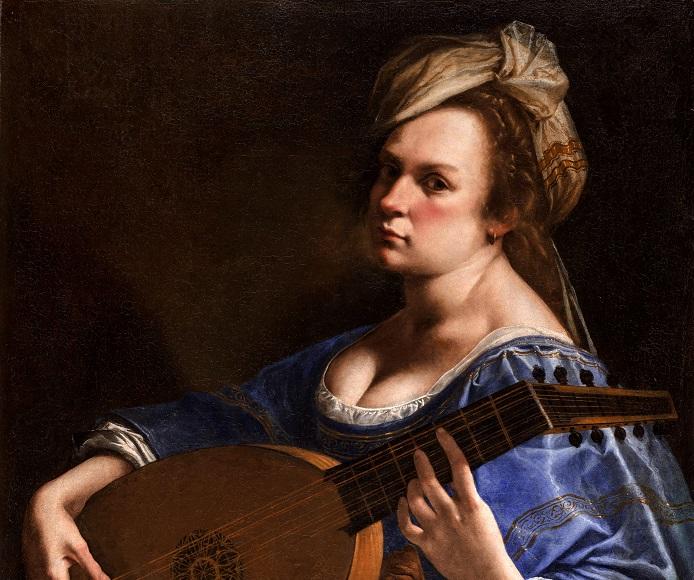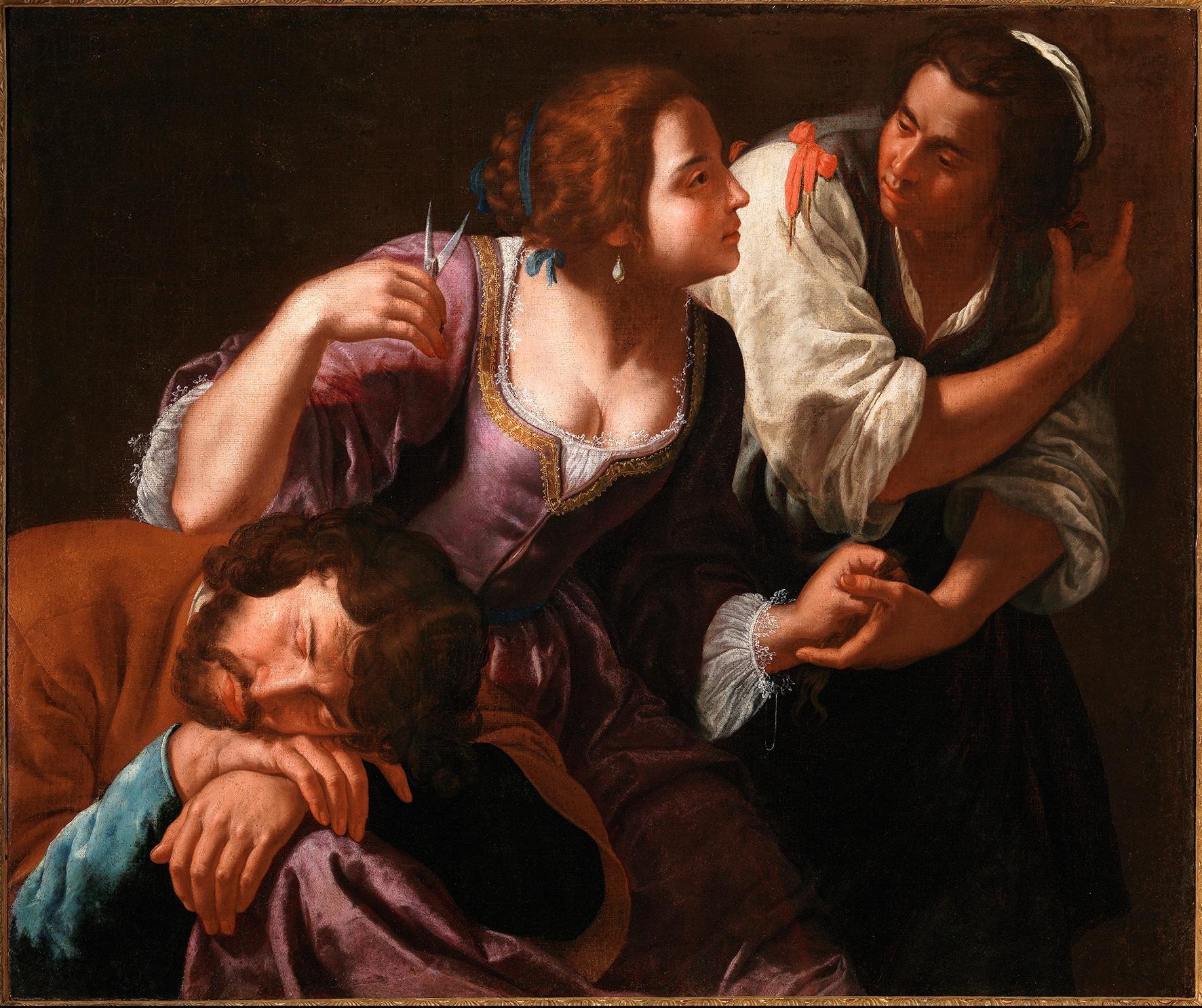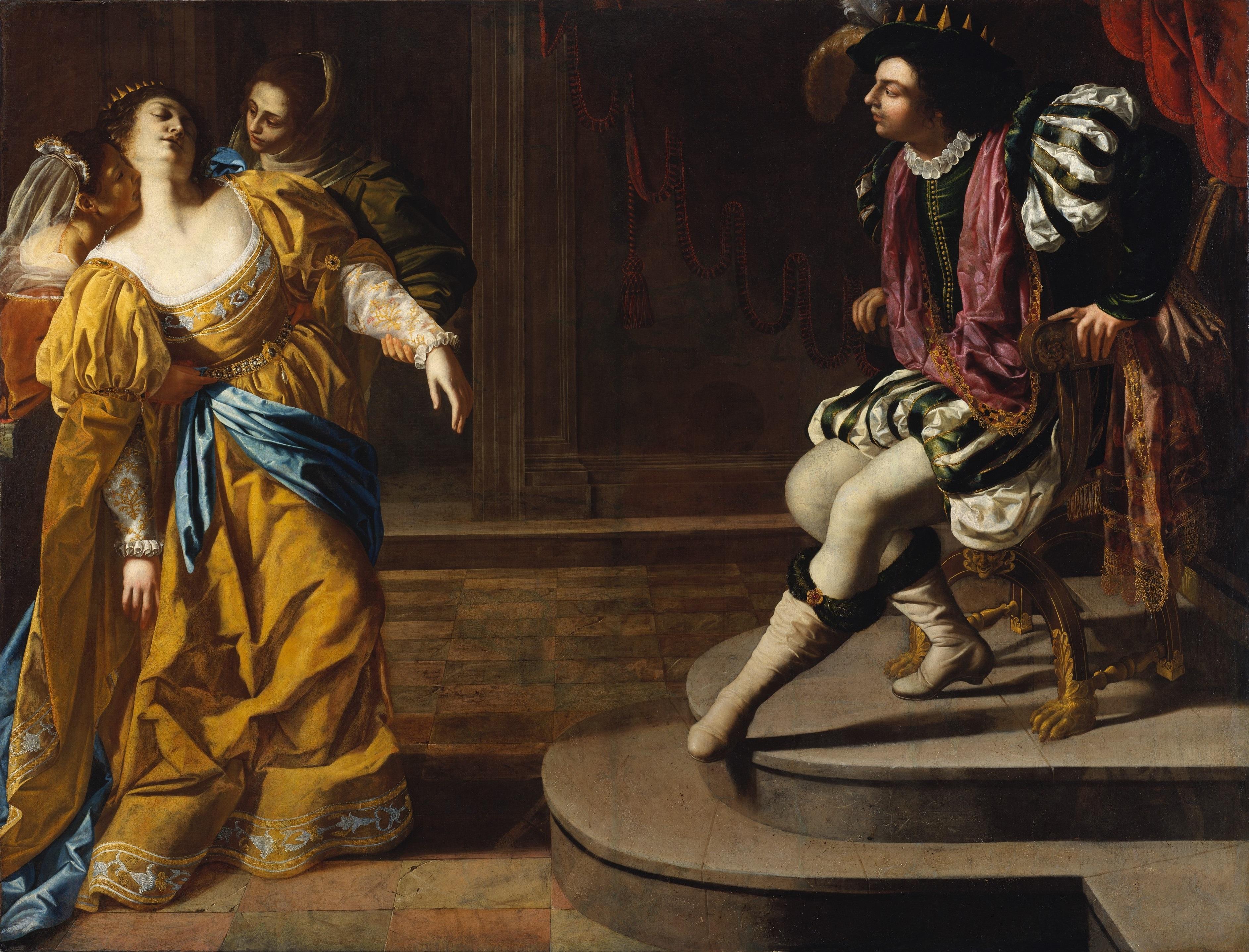If you are at a loss about post-Renaissance sculpture and painting, you are not alone.
Most people tend to consider the Baroque period part of the Italian Renaissance era. It lasted about two centuries and was overwhelmingly characterised by male artists.
This leaves the question, where were the women artists who flourished during this time?
In this article, a short biography of Artemisia Gentileschi, you will find out why this 16th-century artist is still studied today.
One of the lesser-known facts about Artemisia the artist was that she was regularly accused of passing off her father’s art as her own. This was not true and Artemisia Gentileschi paintings were authentic.
So what are the facts about Artemisia Gentileschi, the remarkable woman who blazed through her life with a paintbrush in hand? How is it that in a time when women were believed to have no artistic abilities, she was able to earn the fame and respect reserved for her male counterparts?
Want to give private lessons?
Join the Superprof community and share your knowledge with inquiring and motivated students.
Early Facts About Artemisia Gentileschi
Born in 1590 in Rome, Artemisia was the daughter of Orazio Gentileschi. As a mannerist painter, who was influenced by masters of the day like Caravaggio, Orazio was known to take his children into his studio and teach them how to paint.
To his surprise, it was the paintings of Artemisia Gentileschi, his daughter which showed the most promise.
In this mini biography of Artemisia Gentileschi, you will find out how she excelled at her brush strokes, intuitively seemed to grasp how to mix colours and use dark and light elements in her work for maximum effect.
The paintings of Artemisia Gentileschi boasted human depictions that were so realistic that it seemed that painting subjects were capable of walking off the canvass.
While Artemisia Gentileschi paintings were realistic her father’s tended to offer more representational ideas.
Other interesting facts about Artemisia Gentileschi include how her father broadened her education through the teachings of master painter Agostino Tassi who specialised in architectural decoration.
Unfortunately, Tassi was a con man, cheat and adulterer. Tragically, he and one of his helpers raped Artemisia when she was 18 years old.
Oddly, she continued intimate relations with Tassi on the promise that he would legitimise their relationship by marrying her. Nine months later with no sign of nuptials, her father pressed charges against him.
Sadly, the trauma of being raped in those days was not legally relevant and it was her ‘loss of honour’ which meant that she was no longer a virgin that brought the matter to trial.
The facts about Artemisia Gentileschi and her rape get even worse because she was forced, during the trial, to confess that she had instigated the rape.
Unbelievably, Artemisia was able to pick up her life and marry a Florentine artist.
Read about another great female painter Helen Frankenthaler whose early years were easier than Artemisia the artist.

Artemisia the Artist
Not long after her marriage, Artemisia relocated to Florence, the hometown of her husband. Here she landed a commission for Casa Buonarroti which was once a property of Michelangelo’s. Today this building is an art museum featuring his works.
Artemisia’s daughter was born four years after she settled in Florence, but sadly there is little to no information about her even though she was also a painter.
Artemisia Gentileschi paintings found success with both Florentine academics and patrons and she was the first woman to be allowed into the renowned
Artemisia found professional success with Florentine patrons and academics alike; she was the first woman ever to gain admittance to the region’s renowned Academic Art and Drawing School.
This is where the biography of Artemisia Gentileschi takes another turn. Even though Artemisia Gentileschi paintings were esteemed in art circles she and her husband had legal and financial troubles. When she could no longer keep up with her husband’s financial excesses, she and young daughter returned to Rome on their own.
Notable paintings of Artemisia Gentileschi during her time in Florence include:
- Self-Portrait as a Lute Player found in Wadsworth Atheneum Museum of Art
- Judith Slaying Holofernes, 2nd version, now on display at the Uffizi Gallery
- Jael and Sisera, displayed at the Museum of Fine Arts in Hungary
- Judith Slaying Holofernes, 1st version, displayed at the Palace of Capodimonte in Naples
Discover how the paintings of Artemisia Gentileschi measure up to other great female painters.
Want to give private lessons?
Join the Superprof community and share your knowledge with inquiring and motivated students.
Artemisia and Daughter
In the end, Artemisia the artist was also a single mother which was challenging even with all of her connections and art success.
The little family enjoyed a lavish welcome on their return to Rome but ultimately life became difficult for the two. She struggled to find a home and land new commissions.
Sometime later, Artemisia partnered up with Simon Vouet, who is well known today for his pioneering work of Baroque-style French painting. Sadly, even he could not help her advance her career at the time.
Even though she was fiercely independent and had a strong personality, the novelty of being a female artist in the 16th century did not last. Biased patrons, blinded by prejudice could not deal with so much personal and professional liberation in a woman.
To make matters worse, her father had relocated to Genoa and was not available to support her in any way.
This culmination of unfortunate events meant that the artist had no choice but to set about changing her art and her image to be softer, less brutal and less intense. Her work called Susannah and the Elders was a result of this mindset and cemented her reputation as a female painter of biblical heroines.
Ultimately, there was no real success in Rome and Artemisia decided to move again.
Find out about Georgia O’Keeffe, the American artist, who also led quite an unsettled life.

Calling Naples Home
Despite a lack of commissions, Artemisia’s reputation kept growing. Her move to Naples, which art historians believe was by the invitation of the Duke of Alcala who owned three of her paintings, was celebrated.
Notable work in Naples included her painting in a cathedral as well as her painting the Birth of Saint John the Baptist (Madrid, Prado Museum).
Artemisia’s fame was also surprisingly well-known among the British.
Traveller Bullen Rimes wrote of his meeting with a group of painters, but only mentioned Artemisia by name.
Artemisia’s father became court painter for Charles I, resulting in an invitation by the King himself for Artemisia to join him. Here, she evidently felt very at home.
After her father died after only a year at court, Artemisia left at the time that the English Civil war erupted. Even though her return to Naples was not spectacular, her work had grown and shifted to depict more feminine themes.
In one of her final pieces, an oil painting on copper titled Virgin and Child with a Rosary, the maternal scene is more reflective of her father’s style than her characteristic use of light and shadow. Of all her paintings, it was this one that reflected the most maternal sentiment.
The exact date of Artemisia’s death is unknown but is assumed that she, along with an entire generation of other artists succumbed to the fatal plague of 1656.
Did you know that impressionist painter Mary Cassatt had quite a lot in common with Artemisia?
Analysis: What Did Artemisia Gentileschi Paintings Communicate?
It is quite easy to interpret Artemisia’s representations of strong, heroic women as likenesses of herself. It is also possible to assume that those gory depictions such as Judith Slaying Holofernes as metaphoric of her desire for revenge for all that she endured.
It certainly stands to reason that someone with her background could be occupied with fantasies of revenge. One only needs to look at the characters of Judith, Susannah and others in her work to make the connections to her difficult life, especially at the hands of men.
In summary: whereas Frida Kahlo painted herself in an emotional way, Artemisia painted the deeply religious world in which Italian society was steeped.
While we cannot know for sure what was going through her head as she painted, a popular idea is that Artemisia used the sensational experience of her rape trial as marketing and indeed, hard currency.
Of course, Artemisia was not Judith or Susannah but all of the heroines she painted and indeed none of them too.
Like so many other women today, Artemisia Gentileschi bore both horror and moments of pure happiness; she was talented, smart, hard-working and wise. As someone who lived in a time where producing the next generation was all that mattered, she did much more than that and her contribution to the world of art has lived on long after she did.
If you enjoyed this biography of Artemisia Gentileschi, you may be inspired to take painting classes on Superprof.
Want to give private lessons?
Join the Superprof community and share your knowledge with inquiring and motivated students.





